It's time for a change
The "inferiority" of existing railways compared to other modes of transport requires a revolution to modernize the national railway system.
The national railway network passes through 34 provinces and cities across the country, including 7 main lines: Hanoi - Ho Chi Minh City, Hanoi - Hai Phong, Hanoi - Dong Dang, Hanoi - Lao Cai, Hanoi - Quan Trieu, Kep - Luu Xa, Kep - Ha Long and a number of branch lines with a total length of 3,143 km, 297 stations. After nearly 150 years of existence, the national railway network is due for a change.
Gradually losing the role of "backbone"
According to the Ministry of Transport (MOT), railway is a type of transport with outstanding advantages in terms of capacity and speed of transport over medium and long distances, playing an important role in promoting socio-economic development and enhancing connectivity between regions. However, due to long-term construction, low technical standards, war devastation, and frequent impacts of natural disasters and storms, the railway infrastructure is patchy and unsynchronized; train speed is limited, throughput capacity is low, potentially causing traffic insecurity, and not yet synchronously connected with other modes of transport.
To meet the transportation needs and development requirements in large cities, the Government has planned the urban railway network in Hanoi and Ho Chi Minh City. In Hanoi, 10 urban railway lines with a total length of about 413 km and 3 monorail lines with a total length of about 44 km will be built. In Ho Chi Minh City, 8 radial and belt lines connecting the main centers of the city with a total length of about 173 km will be built; 3 ground tram lines or monorail lines. However, the progress of implementing urban railway projects is very slow compared to the plan. Currently, in Hanoi, only the 2A Cat Linh - Ha Dong line (13 km) and the elevated section of the 3.1 Nhon - Hanoi Railway Station line (8.5 km) have been put into operation.
Mr. Dang Sy Manh, Chairman of the Board of Directors of Vietnam Railways Corporation (VNR), said that in the 1980s, the volume of railway transport compared to the entire transport industry accounted for 29.2% of the passenger transport market share and 7.5% of the freight transport market share. At that time, trains were still the main means of transport for passengers and the "backbone" of North-South transport in terms of both passengers and freight. However, in recent years, with the strong development of road, air and maritime transport, the market share of railway transport has decreased sharply. In 2011, passenger transport by rail reached more than 11.9 million, but by 2016 it was only 9.8 million, and in 2019 it was more than 8 million. After going through the difficult COVID-19 pandemic, rail transport began to recover, but in 2022 it was only able to carry more than 4.4 million passengers - accounting for only 1.02% of the passenger turnover market share. The freight turnover market share was even smaller - about 0.94%.
According to Mr. Manh, the total length of the railway network is more than 3,000 km, but 85% of it is narrow gauge (1,000 mm), single track with too many level crossings, more than 4,800 intersections with roads (of which more than 3,300 are self-opening) which limits the capacity. The current diesel train technology is also old technology; there are many types of rails, with joints so the train is not smooth. The highest grade passenger train has an average travel speed of only approximately 50 km/h, the section that can run at the highest speed is only 100 km/h.
In addition, the railway currently lacks connectivity. The passenger station lacks connection with other means of transport. The freight station lacks warehouses, yards, and rail connections to seaports, airports, industrial zones, etc., leading to the need for transit to collect goods on the railway. This makes the rail freight from station to station cheap, but with the addition of transit and loading and unloading costs at both ends, the transportation cost is still high.
In recent times, the railway industry has proactively innovated its services, operated high-quality passenger trains, and brought railway border gates deep into the interior to create more convenience for customers. However, with existing infrastructure, railways still cannot compete with other modes.
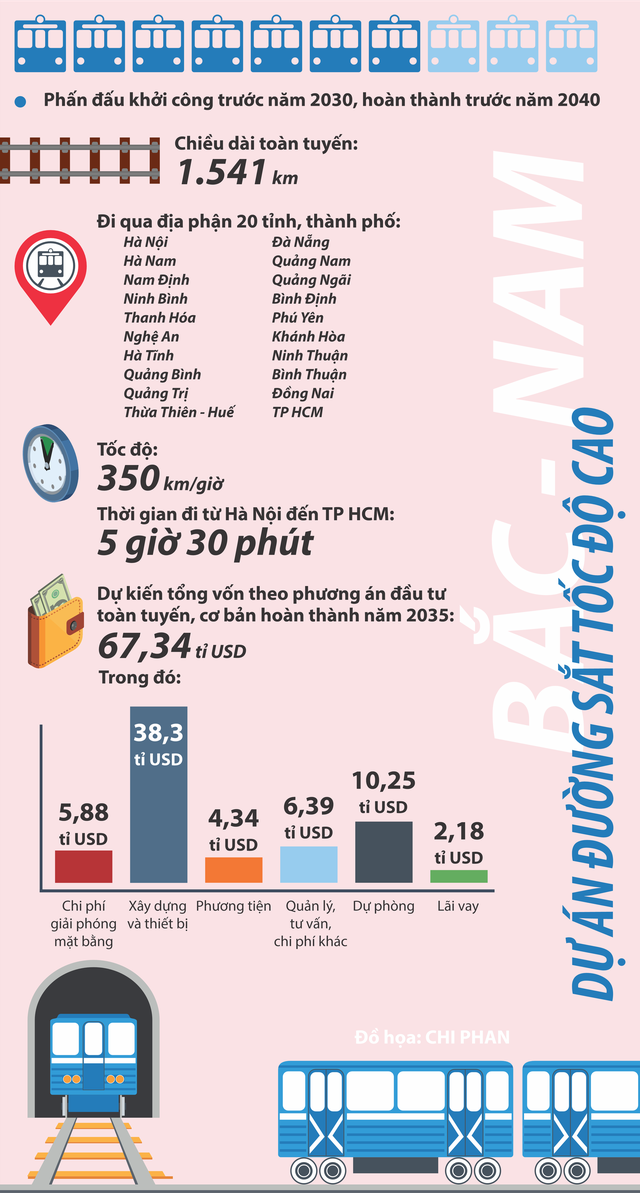
Graphics: LAN CHI
Early investment in high-speed railway is necessary.
Dr. Nguyen Duc Kien, former Head of the Prime Minister's Economic Advisory Group, said that the North-South high-speed railway project was submitted to the National Assembly in 2010, and it is too late to resubmit it now.
According to Mr. Kien, the implementation of the 1,435 mm gauge double-track North-South high-speed railway cannot be delayed any longer. This is an urgent and inevitable requirement in the process of industrialization and modernization of the country.
Meanwhile, according to Mr. Pham Huu Son, General Director of Transport Design Consulting Corporation (TEDI), the North-South economic corridor is the most important corridor in the country, connecting more than 20 provinces and cities, concentrating about 49% of the population, 40% of industrial zones, 55% of major seaports, 3/6 economic regions and contributing over 50% of the country's GDP. On this corridor, there are all 5 modes of transport. In recent years, on this economic corridor, road freight transport accounts for over 70% of the market share, maritime and coastal transport accounts for nearly 28%. As for passenger transport, road accounts for over 90%, aviation accounts for 7%. For railways, the market share of freight and passenger transport only accounts for about 0.5%-1.3%. “The imbalance in the transport market share on the North-South corridor leads to many consequences for the country's economic development. Specifically, our country's logistics costs are high, accounting for about 16.8% of GDP - about 1.6 times higher than the world average” - Mr. Son cited. Therefore, according to Mr. Son, it is urgent to implement the high-speed railway project on this economic corridor.
From the perspective of the management agency, Mr. Tran Thien Canh, Director of the Vietnam Railway Authority, said that in order for railway transport to regain market share and meet the goal of zero net emissions by 2050 as committed by Vietnam at COP26, the conversion, electrification of infrastructure, vehicles using green energy... is necessary. "It is necessary to soon invest in new modern railway lines, especially high-speed railways on the North-South axis according to the direction of the Politburo in Conclusion No. 49-KL/TW dated February 28, 2023 on the orientation of developing Vietnam's railway transport to 2030, with a vision to 2045, as well as upgrading existing railways to meet the needs of people and businesses" - Mr. Canh said.
Dr. Pham Hoai Chung, Deputy Director of the Institute of Transport Strategy and Development, commented that high-speed railways will be competitive with low-cost airlines and automobile transport over distances of 500 - 1,500 km due to advantages such as safety, reasonable ticket prices (only about 70% of airfares), and optimized time. "Compared to the Hanoi - Ho Chi Minh City route, the flight time is only 2 hours, but the total time passengers have to spend on a flight is about 4 - 5 hours. With high-speed railways, only calculating the speed of 320 km/h like some countries in the world, the time for a journey longer than 1,500 km only takes about 5 hours, including waiting time at stations" - Mr. Chung cited.
Many localities are looking forward to
On August 1, 2024, in Da Nang City, during a working session with the working delegation of the Economic - Social Subcommittee (the 14th National Congress of the Party), leaders of provinces and cities in the North Central region and the Central Coast proposed early investment in high-speed railway lines to facilitate travel and socio-economic development of localities.
Mr. Nguyen Van Quang, Secretary of the Da Nang City Party Committee, said that we have been building a highway system. If we want to develop tourism and develop faster, we must have a high-speed railway and divide it into sections and routes for investment. According to Mr. Do Minh Tuan, Chairman of the People's Committee of Thanh Hoa province, a breakthrough in infrastructure requires a breakthrough in transportation, so we need to make efforts to have a North-South high-speed railway. Mr. Thai Thanh Quy - Secretary of the Provincial Party Committee, Chairman of the People's Council of Nghe An province - proposed: "If in the period of 2021 - 2025, we have created a breakthrough in the highway network, then in the period of 2026 - 2030 we need to focus on creating a breakthrough in the North-South high-speed railway and urban railway lines".
N.The
Connect and promote economic growth
High-speed railways are considered an indispensable factor in enhancing connectivity between major economic centers, facilitating trade, investment and tourism in a number of countries around the world.
In China, high-speed rail has boosted regional development and shortened travel times, boosting productivity by improving travel efficiency and connectivity. The transport system has also boosted tourism, making remote locations more accessible. Furthermore, improved connectivity has facilitated business activities between urban centers, leading to economic growth in previously underdeveloped areas.
The expansion of high-speed rail not only contributes to the development of new urban areas but also helps to locate stations in undeveloped areas. This initiative promotes urban growth through integrated development plans called “high-speed rail new towns”, which aim to generate significant revenue from real estate sales. China sees high-speed rail as an important transport “backbone” in the country’s urbanization strategy.
Meanwhile, for Japan, high-speed rail is not a “sufficient condition” but a “necessary condition” for regional development. The Shinkansen has a 50-year history, and Japan has long tried to utilize the Shinkansen for regional development.
By connecting major urban centers such as Tokyo, Osaka, and Nagoya, the Shinkansen has facilitated the movement of people, goods, and services, contributing to the formation of new industrial clusters and economic centers. In addition, the Shinkansen has contributed to environmental protection by reducing carbon emissions and reducing traffic congestion. This high-speed rail system has become a symbol of technology and efficiency, attracting many tourists to Japan.
X.Mai
Nld.com.vn
Source: https://nld.com.vn/hien-thuc-hoa-duong-sat-cao-toc-bac-nam-196240930211517828.htm


![[Photo] Draft documents of the 14th Party Congress reach people at the Commune Cultural Post Offices](https://vphoto.vietnam.vn/thumb/1200x675/vietnam/resource/IMAGE/2025/10/28/1761642182616_du-thao-tai-tinh-hung-yen-4070-5235-jpg.webp)
![[Photo] Flooding on the right side of the gate, entrance to Hue Citadel](https://vphoto.vietnam.vn/thumb/1200x675/vietnam/resource/IMAGE/2025/10/28/1761660788143_ndo_br_gen-h-z7165069467254-74c71c36d0cb396744b678cec80552f0-2-jpg.webp)


![[Photo] National Assembly Chairman Tran Thanh Man received a delegation of the Social Democratic Party of Germany](https://vphoto.vietnam.vn/thumb/1200x675/vietnam/resource/IMAGE/2025/10/28/1761652150406_ndo_br_cover-3345-jpg.webp)

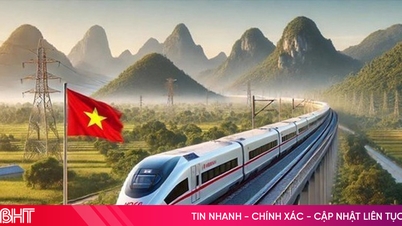

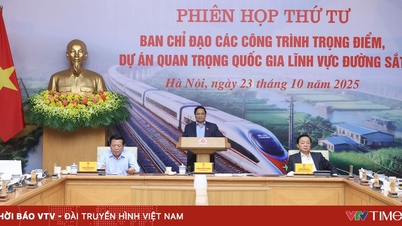





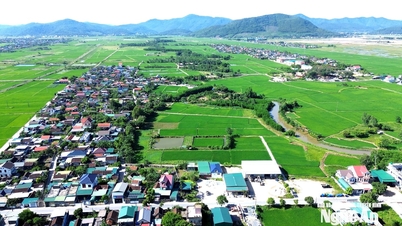

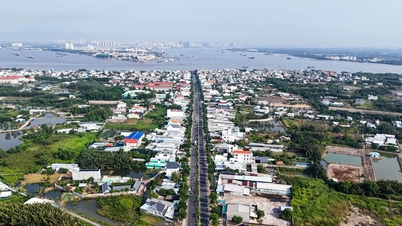

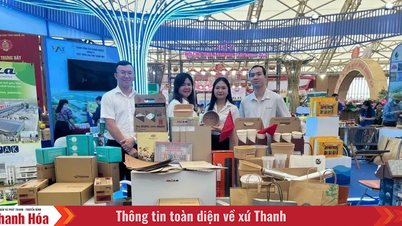

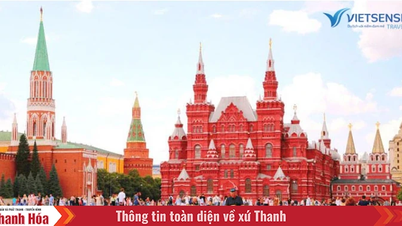
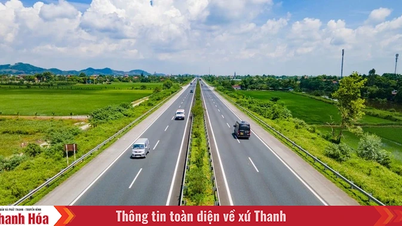
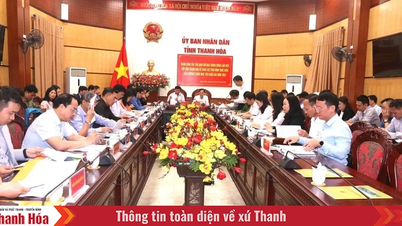
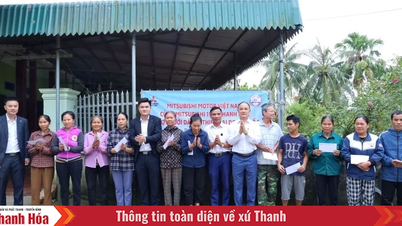





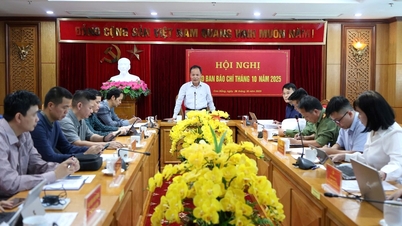
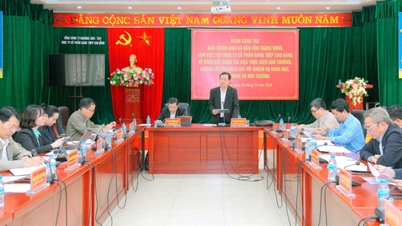
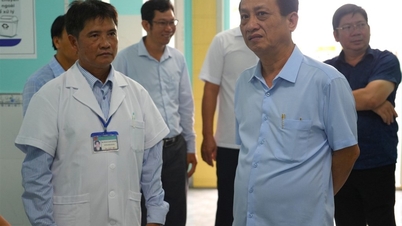

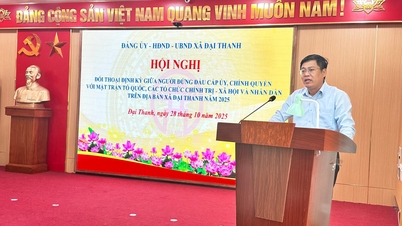
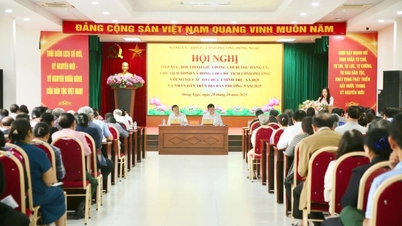
![[Photo] President Luong Cuong attends the 80th Anniversary of the Traditional Day of the Armed Forces of Military Region 3](https://vphoto.vietnam.vn/thumb/1200x675/vietnam/resource/IMAGE/2025/10/28/1761635584312_ndo_br_1-jpg.webp)
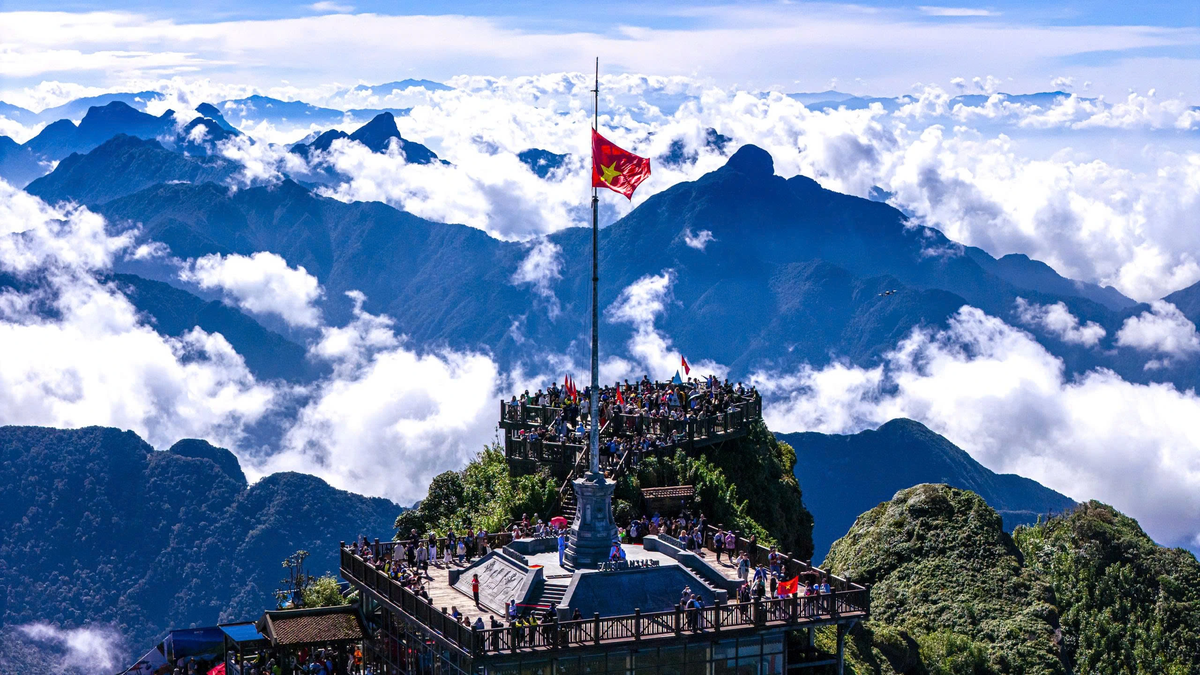
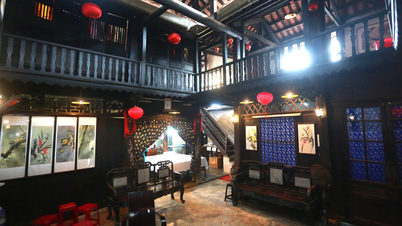

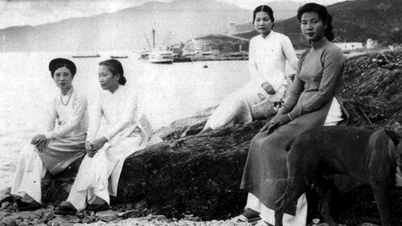
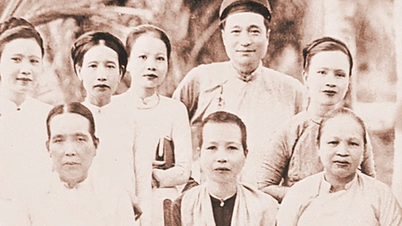
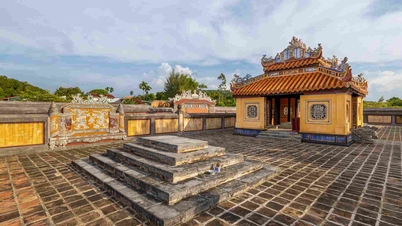



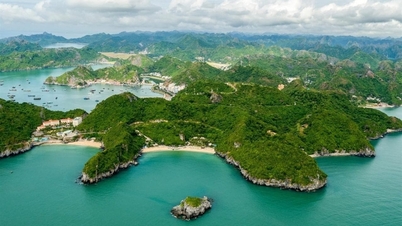















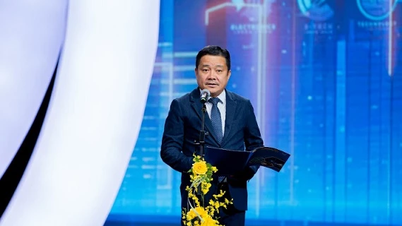






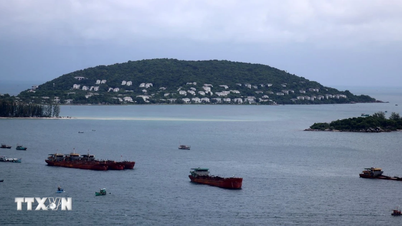

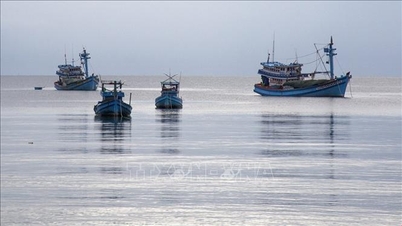
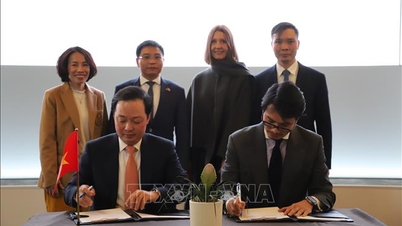







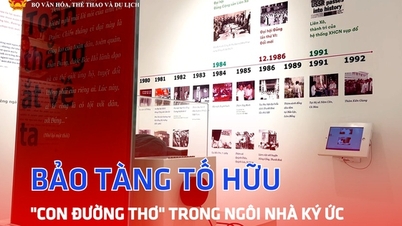
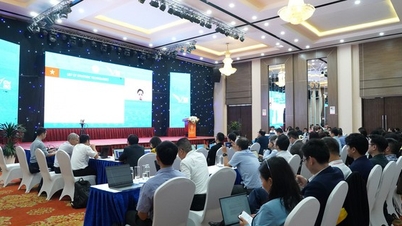


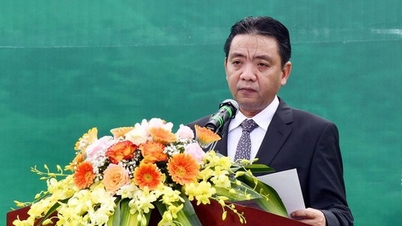



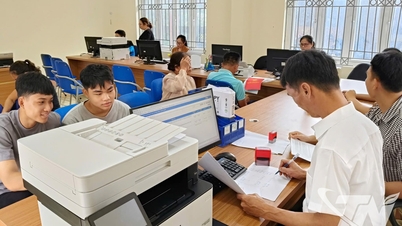



















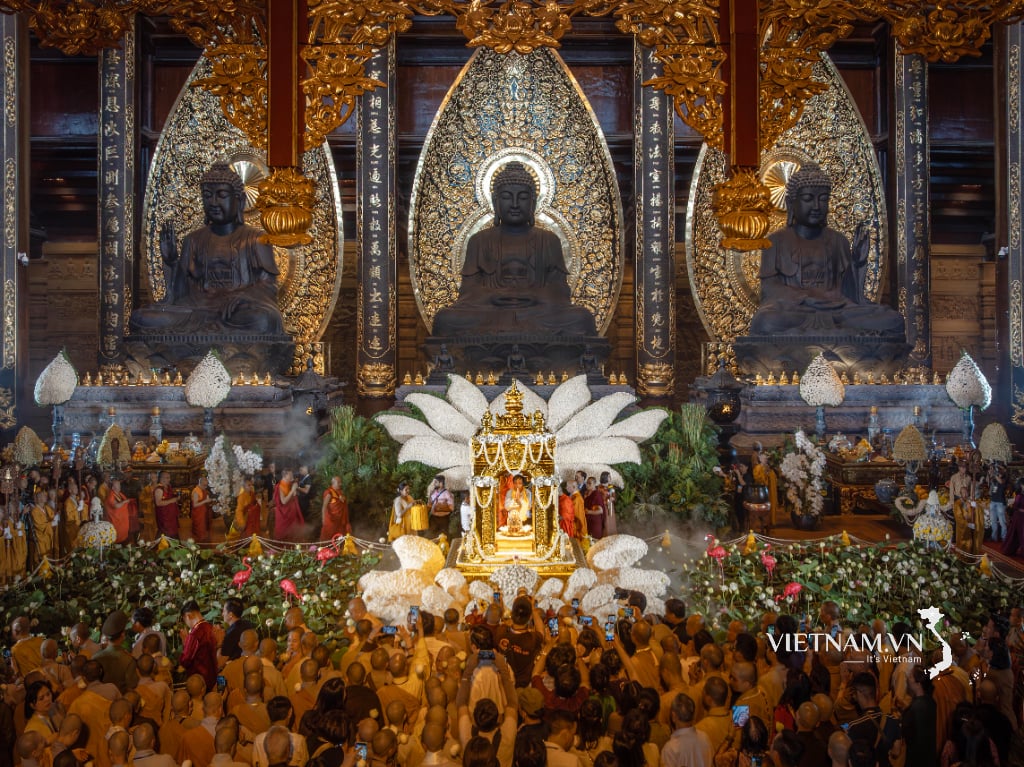

Comment (0)